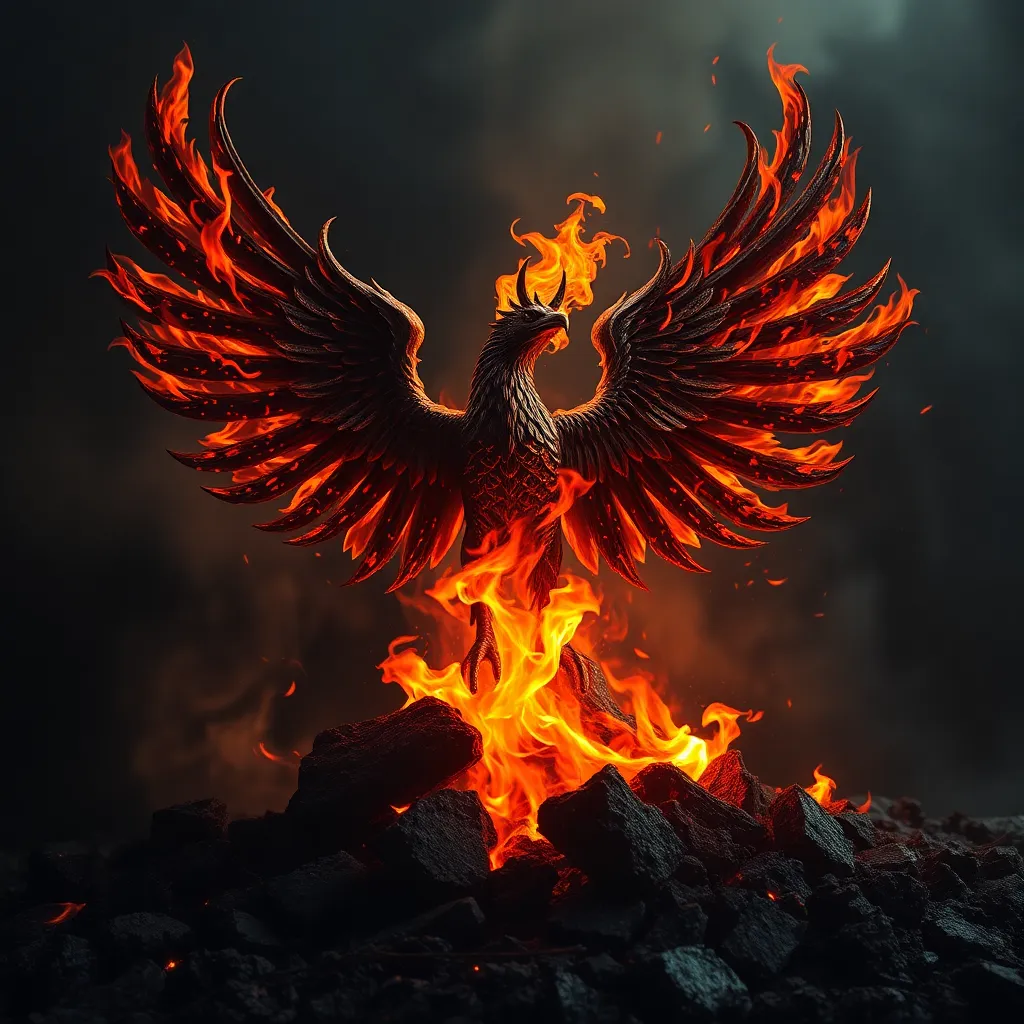The Myth of the Incan Gold: A Legacy of Desire and Mystery
The Incan Empire, a vast and powerful civilization that once spanned the Andes Mountains of South America, is shrouded in mystery and intrigue. One enduring legend that has captivated the imaginations of explorers, historians, and treasure hunters for centuries is the myth of Incan gold. The notion of vast hoards of gold hidden away in secret places has fueled countless expeditions, inspired countless stories, and left an indelible mark on the collective consciousness. The myth of Incan gold is more than just a tale of lost treasure; it is a powerful symbol of wealth, power, and the enduring allure of the unknown.
Incan Gold: A Symbol of Power and Prestige
Incan society was deeply intertwined with gold. This precious metal held immense symbolic and practical value, signifying wealth, power, and status. It was used to adorn temples, palaces, and royal figures, serving as a visible representation of Incan authority and prestige. The Incas believed that gold possessed sacred qualities, connecting them to the gods and the spiritual realm. It was not merely a material commodity but a tangible manifestation of their cultural beliefs and values.
Gold was a key element in Incan trade and diplomacy. It was used to pay tributes to conquered tribes and to solidify alliances with neighboring states. The Incas also used gold to craft elaborate objects, such as ceremonial masks, ornaments, and weapons, which were used in religious ceremonies and to reinforce their political power. The accumulation and display of gold were integral to the Incan way of life and played a crucial role in maintaining their social and political order.
The Myth Takes Shape: Legends of Hidden Treasure
The myth of Incan gold began to take shape during the Spanish conquest of the Inca Empire in the 16th century. Spanish conquistadors, driven by greed and a thirst for wealth, were obsessed with finding the Incas' legendary gold. The Incas, facing imminent defeat, took measures to protect their treasures, hiding them in secret locations to prevent them from falling into Spanish hands. The Spanish never found the vast quantities of gold they sought, but tales of hidden treasure persisted.
As the conquistadors plundered the Inca Empire, they spread stories of unimaginable riches, fueling the legend of Incan gold. These stories were embellished over time, adding elements of mystery and intrigue. Legends emerged about secret temples, hidden valleys, and forgotten cities, all said to contain vast hoards of gold. The myth gained momentum, attracting adventurers, treasure hunters, and dreamers who were determined to uncover these legendary riches.
A History of Gold in Incan Culture
The Incas, long before the arrival of the Spanish, had a deep respect for gold and its symbolic significance. They mined gold from various locations across their vast empire, using sophisticated techniques to extract the precious metal. The Incas were skilled artisans and craftsmen, crafting exquisite gold objects that displayed their mastery of metallurgy and design.
Gold was not just a symbol of wealth for the Incas; it was also a vital element in their religious ceremonies. They believed that gold possessed a divine essence, connecting them to the spiritual realm. Gold ornaments were used to adorn temple idols, and gold plates and vessels were used for religious rituals. The Incas also believed that gold could be used to appease the gods and to ward off evil spirits.
The Role of Gold in Incan Religion and Ritual
The Incan religion was deeply intertwined with gold, elevating it to a sacred and symbolic material. They believed that gold represented the sun, a deity of great importance in their culture. The Incas associated gold with power, wealth, and immortality, believing that it possessed a divine essence.
Gold played a significant role in Incan religious ceremonies. It was used to create elaborate ornaments for statues of their gods, as well as ceremonial masks, weapons, and vessels used in sacrifices and offerings. The Incas believed that by offering gold to their gods, they could appease them and ensure prosperity for their empire.
During religious festivals, the Incas would adorn themselves with gold ornaments and jewelry, demonstrating their devotion to their gods. Gold was also used in the construction of sacred temples, symbolizing the connection between the Incas and the divine realm. The use of gold in Incan religion served to reinforce their belief system and to strengthen the link between their earthly existence and the spiritual world.
The Spanish Conquest and the Hunt for Incan Gold
The Spanish conquest of the Inca Empire in the 16th century marked a turning point in the legend of Incan gold. Spanish conquistadors, driven by greed and a thirst for wealth, were obsessed with finding the Incas' legendary gold. They believed that the Incas possessed vast hoards of gold, hidden away in secret locations.
The conquest of the Inca Empire was a bloody and brutal affair. The Spanish, armed with superior weaponry and tactics, quickly overwhelmed the Incas, who were caught off guard. The Incas, facing imminent defeat, took measures to protect their treasures, hiding them in secret locations to prevent them from falling into Spanish hands. However, the Spanish were relentless in their pursuit of gold, and they plundered the Inca Empire, seizing whatever treasure they could find.
The Spanish never found the vast quantities of gold they sought, but stories of hidden treasure persisted. As the conquistadors plundered the Inca Empire, they spread stories of unimaginable riches, fueling the legend of Incan gold. These stories were embellished over time, adding elements of mystery and intrigue. Legends emerged about secret temples, hidden valleys, and forgotten cities, all said to contain vast hoards of gold.
Theories of Hidden Treasure Locations
The myth of Incan gold has sparked countless expeditions and treasure hunts over the centuries. Many theories have been put forward about the location of these hidden treasures. Some believe that the Incas hid their gold in the ruins of their ancient cities, such as Machu Picchu, or in the remote and inaccessible regions of the Andes Mountains.
Others believe that the Incas buried their gold in secret caves or underground tunnels, hoping to protect it from invaders. Still, others speculate that the Incas transported their gold to distant islands or continents, hoping to keep it safe from the Spanish.
Many theories are based on historical accounts, archaeological evidence, and local legends. However, no definitive proof has been found to support any of these theories. Despite the lack of evidence, the myth of Incan gold continues to inspire treasure hunters and adventurers who are determined to uncover these legendary riches.
The “Lost City of the Incas” and the El Dorado Myth
The legend of Incan gold is closely intertwined with the myth of El Dorado, a legendary city of gold said to be located in South America. The myth of El Dorado originated with the Spanish conquistadors, who were eager to find a city where everything was made of gold.
The El Dorado myth is believed to have been inspired by stories of the Muisca people, an indigenous group who lived in the region of present-day Colombia. The Muisca were known for their gold ornaments and rituals, and they had a tradition of covering their new ruler in gold dust during a special ceremony.
The myth of El Dorado has been a powerful force in shaping the history of South America. It has driven countless expeditions, fueled countless conflicts, and inspired countless stories. The myth of El Dorado has become synonymous with the pursuit of riches, adventure, and the unknown.
The Enduring Appeal of the Incan Gold Myth
The myth of Incan gold has endured for centuries, captivating the imaginations of explorers, historians, and treasure hunters. The legend of vast hoards of gold hidden away in secret places continues to fascinate people around the world.
There are several reasons for the enduring appeal of the Incan gold myth. First, the myth is shrouded in mystery and intrigue. The stories of Incan gold are filled with elements of adventure, suspense, and the unknown. Second, the myth is a powerful symbol of wealth and power. The idea of finding a lost treasure is deeply alluring, especially for those who dream of riches and fame. Third, the myth of Incan gold is a reflection of human nature's fascination with the unknown and the desire to uncover hidden secrets.
The Impact of the Myth on History and Modern Culture
The myth of Incan gold has had a significant impact on history and modern culture. The legend has fueled countless expeditions, inspired countless stories, and left an indelible mark on the collective consciousness.
The myth of Incan gold has also had a profound impact on the history of South America. The Spanish conquest of the Inca Empire, driven in part by the search for gold, led to the destruction of Incan culture and the enslavement of many indigenous peoples.
The myth of Incan gold continues to inspire writers, artists, and filmmakers. The legend has been featured in countless books, movies, and TV shows, reflecting its enduring appeal.
FAQs:
Q: Why is Incan gold so famous?
A: Incan gold is famous because of the vast wealth and power associated with it. The Incas valued gold highly, and it was used in their religious ceremonies, artwork, and jewelry. The legend of Incan gold was further fueled by tales of Spanish conquistadors searching for hidden treasures.
Q: Is there any evidence of Incan gold being hidden?
A: While there is no definitive proof of hidden Incan gold, many theories and stories suggest that Incas hid their treasures to protect them from invaders. However, many of these theories are based on speculation and local legends.
Q: What is the relationship between Incan gold and El Dorado?
A: El Dorado is a legendary city of gold said to be located in South America. The myth of El Dorado is believed to have been inspired by stories of the Muisca people, who were known for their gold ornaments and rituals. While El Dorado is a separate myth, it is often associated with Incan gold, as both represent a quest for riches and a desire to uncover hidden treasures.
Q: Is it possible to find Incan gold today?
A: While it is possible that Incan gold is still hidden somewhere, it is highly unlikely. Many expeditions have been launched over the centuries, but no significant discoveries have been made. However, the myth of Incan gold continues to inspire treasure hunters and adventurers who are determined to uncover these legendary riches.




